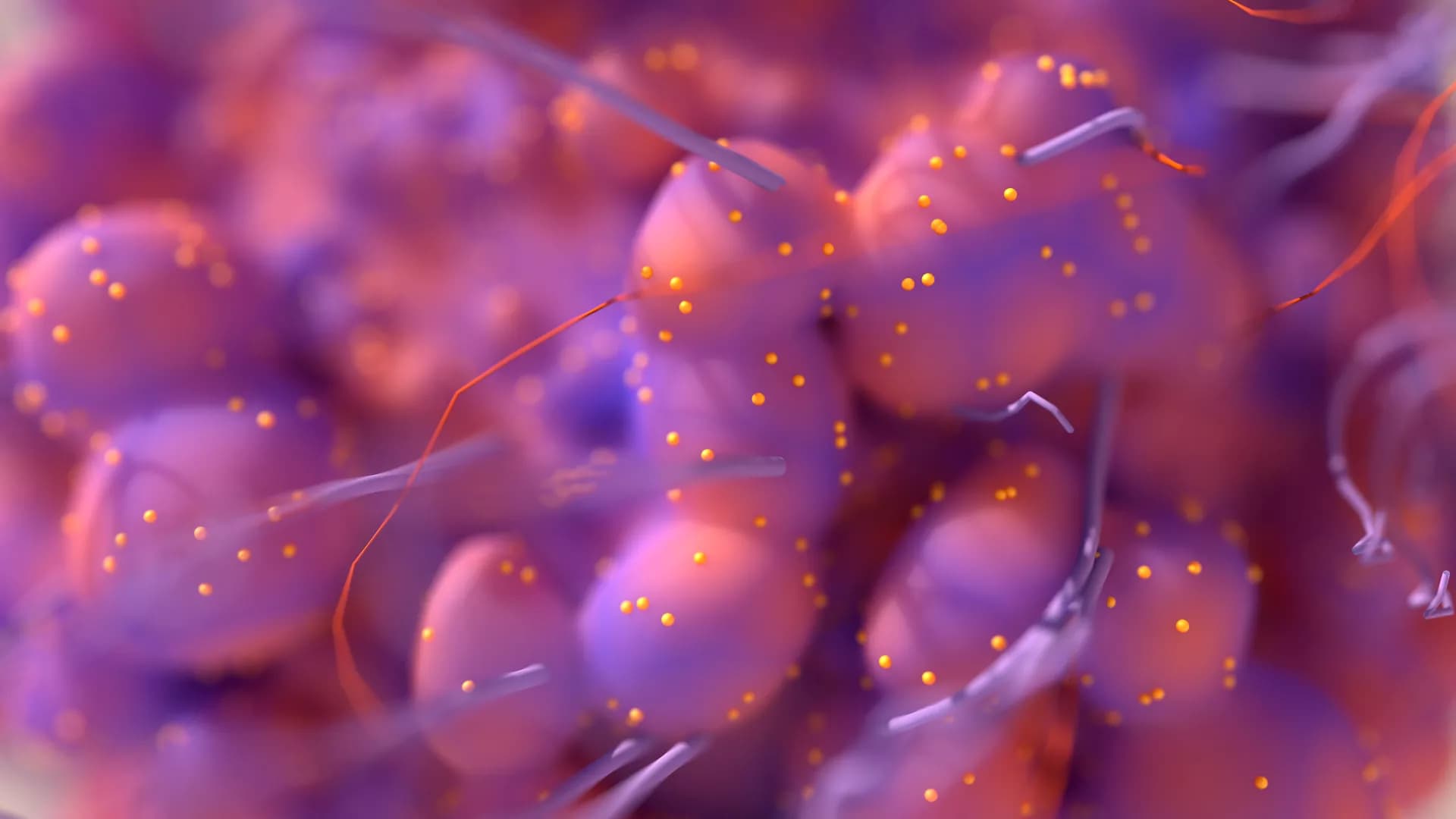Background: The effect of tobacco on breast cancer (BC) is controversial. The purpose of this study was to investigate the relationship between tobacco and BC.
Methods: A search was conducted in PubMed, EBSCO, Web of Science and Cochrane Library databases before February 2022. The adjusted odd ratio (OR) and corresponding 95% confidence interval (CI) were used to examine the relationship between active or passive smoking and BC risk.
Results: A total of 77 articles composed of 2,326,987 participants were included for this meta-analysis. Active (OR=1.15, 95% CI=1.11-1.20, p<0.001) and passive (OR=1.17, 95% CI=1.09-1.24, p<0.001) smoking increased the risk of BC in the female population, especially premenopausal BC (active smoking: OR=1.24, p<0.001; passive smoking: OR=1.29, p<0.001), but had no effect on postmenopausal BC (active smoking: OR=1.03, p=0.314; passive smoking: OR=1.13, p=0.218). Active smoking increased the risk of estrogen receptor-positive (ER+) BC risk (OR=1.13, p<0.001), but had no effect on estrogen receptor-negative (ER-) BC (OR=1.08, p=0.155). The risk of BC was positively associated with the duration and intensity of smoking, negatively associated with the duration of smoking cessation. Active smoking increased the risk of BC in the multiparous population (OR=1.13, p<0.001), but had no effect on the nulliparous population (OR=1.05, p=0.432), and smoking before the first birth (OR=1.22, 95% CI=1.17-1.27) had a greater impact on the risk of BC than smoking after the first birth (OR=1.08, 95% CI=1.04-1.12).
Conclusion: Smoking (active and passive) increased the risk of BC in women. The effect of smoking on BC was influenced by smoking-related factors (duration, intensity, years of quitting), population-related factors (fertility status), and BC subtypes.
Systematic Review Registration: identifier CRD42022322699.
Breast cancer remains the most diagnosed cancer in women. Advances in medical imaging modalities and technologies have greatly aided in the early detection of breast cancer and the decline of patient mortality rates. However, reading and interpreting breast images remains difficult due to the high heterogeneity of breast tumors and fibro-glandular tissue, which results in lower cancer detection sensitivity and specificity and large inter-reader variability. In order to help overcome these clinical challenges, researchers have made great efforts to develop computer-aided detection and/or diagnosis (CAD) schemes of breast images to provide radiologists with decision-making support tools. Recent rapid advances in high throughput data analysis methods and artificial intelligence (AI) technologies, particularly radiomics and deep learning techniques, have led to an exponential increase in the development of new AI-based models of breast images that cover a broad range of application topics. In this review paper, we focus on reviewing recent advances in better understanding the association between radiomics features and tumor microenvironment and the progress in developing new AI-based quantitative image feature analysis models in three realms of breast cancer: predicting breast cancer risk, the likelihood of tumor malignancy, and tumor response to treatment. The outlook and three major challenges of applying new AI-based models of breast images to clinical practice are also discussed. Through this review we conclude that although developing new AI-based models of breast images has achieved significant progress and promising results, several obstacles to applying these new AI-based models to clinical practice remain. Therefore, more research effort is needed in future studies.
Breast cancer is one of the leading causes of mortality in females. Over the past decades, intensive efforts have been made to uncover the pathogenesis of breast cancer. Interleukin-6 (IL-6) is a pleiotropic factor which has a vital role in host defense immunity and acute stress. Moreover, a wide range of studies have identified the physiological and pathological roles of IL-6 in inflammation, immune and cancer. Recently, several IL-6 signaling pathway-targeted monoclonal antibodies have been developed for cancer and immune therapy. Combination of IL-6 inhibitory antibody with other pathways blockage drugs have demonstrated promising outcome in both preclinical and clinical trials. This review focuses on emerging studies on the strong linkages of IL-6/IL-6R mediated regulation of inflammation and immunity in cancer, especially in breast cancer.
Frontiers in Oncology
Oxidative Stress in Breast Cancer





















